 Welcome back! I hope your hands are well rested after making the trays and the flowers in Part One of this tutorial, and that you're now ready for the "baking". As my stomach has already started to grumble in anticipation of the delicacies to come, let’s not waste time, but jump right in with setting out the tools.
Welcome back! I hope your hands are well rested after making the trays and the flowers in Part One of this tutorial, and that you're now ready for the "baking". As my stomach has already started to grumble in anticipation of the delicacies to come, let’s not waste time, but jump right in with setting out the tools.
- Light yellow (Wilton Lemon Yellow) royal icing, medium-stiff and flooding consistencies
- Light blue (Wilton Sky Blue) royal icing, medium-stiff and flooding consistencies
- Light green (Wilton Kelly Green) royal icing, medium-stiff and flooding consistencies
- 6 (0.7-oz/20-ml) plastic shot glasses (Note: The cup bottom should be about 1 inch or 2.7 centimeters in diameter.)
- Permanent marker
- Ruler
- Crisco (or other shortening)
- 3 (#2) round tips
- Pastry bags and couplers
- Flat damp brush
- Circle template printed on A4-size (8 1/2 x 11-inch) paper (Note: The circles should be about 1 inch or 2.4 centimeters in diameter.)
- Solid board
- Tape
- Wax paper or baking paper sheet
- Scribe tool or toothpick
- Brown royal icing, medium-stiff consistency (Note: I used countless leftover colors mixed together with Sugarflair Dark Brown.)
- #17 round tip (or tipless bag with large opening)
- White royal icing, stiff consistency
- #8 PME star tip (or equivalent)
- #14 Wilton star tip (or equivalent)
As we want the cups and the macarons to have matching colors, I suggest mixing a large batch of stiff-consistency royal icing (RI) for each color and then thinning half the amount of each color to flooding consistency.

Cupcake Liners
You will need six cupcake liners for the cupcakes, two in each color (yellow, blue, and green). But take my word for it: making at least one spare in each color might come in handy! Measure about 2 centimeters (0.8 inch) from the bottom of the shot glass, and draw a guideline on the inside of the glass with the permanent marker. (If you make the mark on the outside, it can discolor the RI; plus, I very much doubt that permanent marker is food-safe.) This guideline will help you pipe evenly and keep the cups the same height. We'll be piping RI over the glasses, so grease them on the outside with a thin layer of Crisco (or other vegetable shortening) to make it easier to remove the dried RI in the end.
First, turn the glass upside down and elevate it, as needed, so it is positioned at eye level. Using a medium-stiff RI and a # 2 tip, fill out the bottom of the glass. Don’t worry about how it looks - it will be the bottom of the cupcake, and no one will see it anyway. Next, pipe a line around the glass on top of the guideline.
Allow the icing to dry about 15 minutes before proceeding. Relax in the meantime. Shake out your hands and loosen your shoulders, as what follows - the cup itself - is rather tiring.
Again using the medium-stiff RI and a # 2 tip, pipe straight lines extending from the bottom of the glass to the guideline. Pipe a lot of lines - countless lines to be precise - until you have gone all the way around the glass.
The lines need to be gap-free. Immediately close any holes you might see by pressing the neighboring lines together with a flat damp brush. And curse the gaps you didn’t see until after they had dried in place!
If you're at all like me, you will start to seriously consider finding a different hobby after finishing all six of these little cups! That’s why I don’t do all of them at once, but instead make macaron shells as an interlude between cupcake liner colors.
Macaron Shells
The macarons are as easy and quick as the cups are tiring and time-consuming. Let's start with their shells. Place the printed circle template on top of a solid board, and tape it in place. Or, instead of using the template, trace several (1-in/2.4-cm) circles on a piece of paper.
Place the wax paper or baking paper sheet on top of the template, and also fix it in place with tape. Then fill out the circles with RI of flooding consistency, using your scribe tool to shape them as close to perfect circles as you can. You will need four shells in each color, but, again, some spares are advisable.
Let both the cups and the macaron shells dry completely. Drying time can easily be several days, depending on humidity. If you try to remove the cups too soon, you will smash them. So, better to be a bit more patient rather than ruin your work. The shells can be lifted off the paper with the tip of a knife or a scribe tool. The cups are a little tricky. Very, very gently squeeze the shot glass and try to move the cup back and forth until it comes off. Too much pressure = broken cups. So be careful!
Fillings and Toppings
Using a pastry bag fitted with a large round (i.e., #17) tip, fill the cups with the medium-stiff brown RI. Pipe in a spiral motion from the bottom to the top, and end a bit higher than the rim of the cup. There is no need to fill the centers, as they will be covered.
Next, place the stiff white RI in a pastry bag fitted with a # 8 PME star tip (or equivalent), and pipe a topping of "whipped cream" onto each cupcake. Immediately add one of the open petal roses made in Part One on top. Be sure to hide any uneven areas of the piped topping with flowers!
Now, using a #14 Wilton star tip (or equivalent) and the medium-stiff brown RI again, pipe a spiral on the bottom side of a macaron shell.
Immediately place another shell on top, and gently press it into place. Glue one of the peonies, also made in Part One, on top of each macaron with a dab of icing. Repeat to make at least six macarons to fill the two small trays made in Part One. Let the macarons dry at least one hour before handling them.
Assembly
All that is left now is to fix the macarons and cupcakes to the trays made in Part One. For gluing, again, just use a dab of leftover icing. Remember: The macarons go on the smaller trays, and the cupcakes go on the larger ones. You should be able to fit about three pieces on each tray.
The cookies will need another day or so to completely dry. But by then, you should be rested and ready to greet your guests with the scent of fresh cookies and coffee filling your kitchen. After all of this work, now is the time for a little indulgence.
Cookie and photo credits: Leoni Eckart

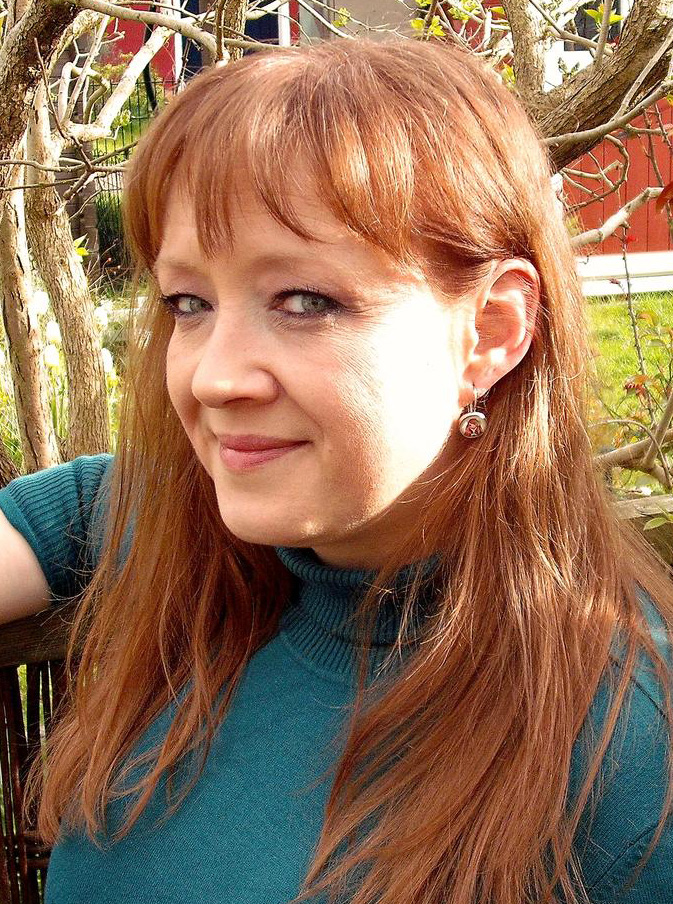 Leoni Eckart, aka Laegwen, started her baking career way before her own memory sets in, decorating Christmas cookies with her mother (at least that's what she's been told!), and has never entirely stopped puttering around in the kitchen since. Her first decorated cookies as an adult were her own wedding favors, and then, over Christmas 2014, her cookie fever went into overdrive! As of present, it shows no signs of cooling off. You can find Leoni on Facebook here, or you can reach her by email at laegwen@outlook.de.
Leoni Eckart, aka Laegwen, started her baking career way before her own memory sets in, decorating Christmas cookies with her mother (at least that's what she's been told!), and has never entirely stopped puttering around in the kitchen since. Her first decorated cookies as an adult were her own wedding favors, and then, over Christmas 2014, her cookie fever went into overdrive! As of present, it shows no signs of cooling off. You can find Leoni on Facebook here, or you can reach her by email at laegwen@outlook.de.
Photo credit: Leoni Eckart
Note: Get Inspired with Laegwen is a bimonthly series of cookie decorating tutorials that follow Leoni Eckart's personal experiments with gumpaste, royal icing, and other cookie decorating materials and methods. This article expresses the views of the author, and not necessarily those of this site, its owners, its administrators, or its employees. To read all of Leoni's past Get Inspired tutorials, click here. And to catch all of our Cookie Connection tutorials, click here.

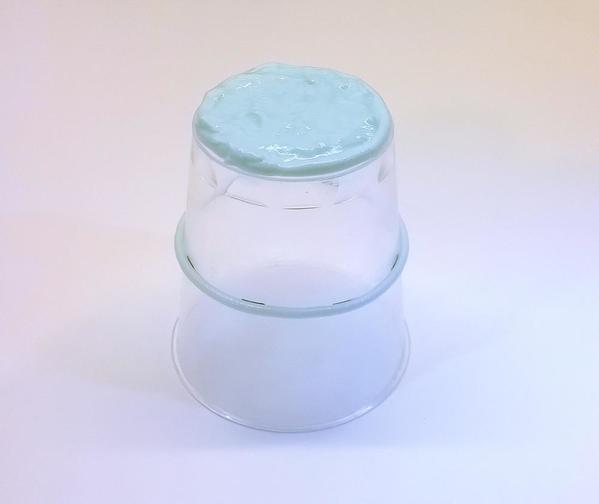
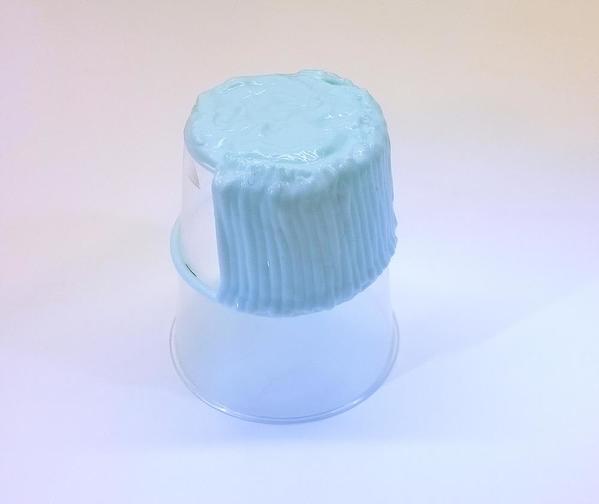
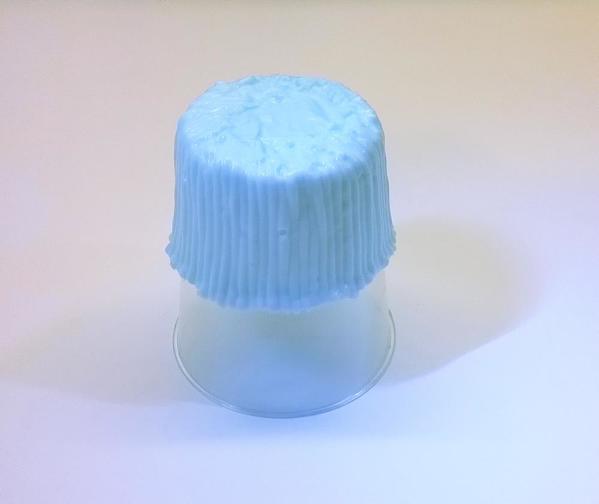
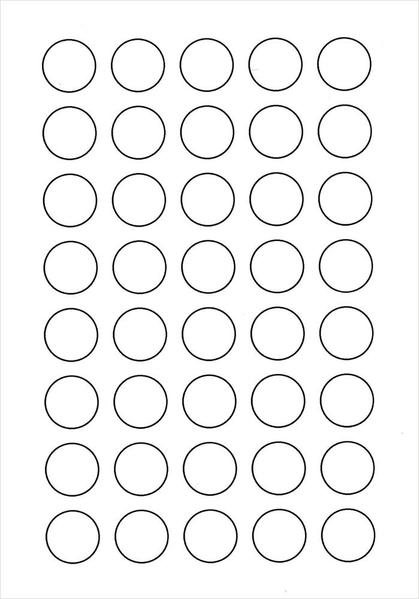

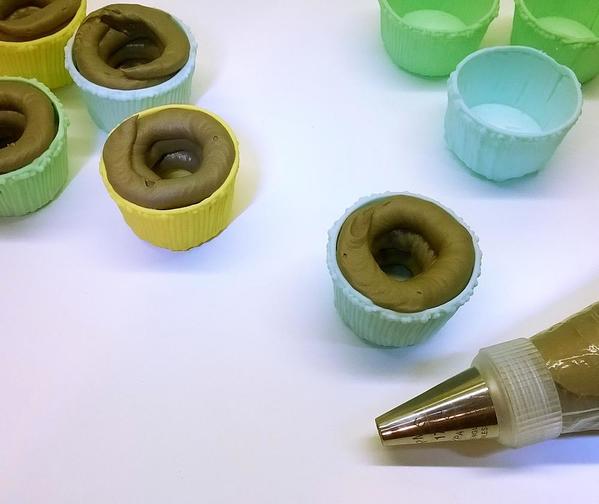
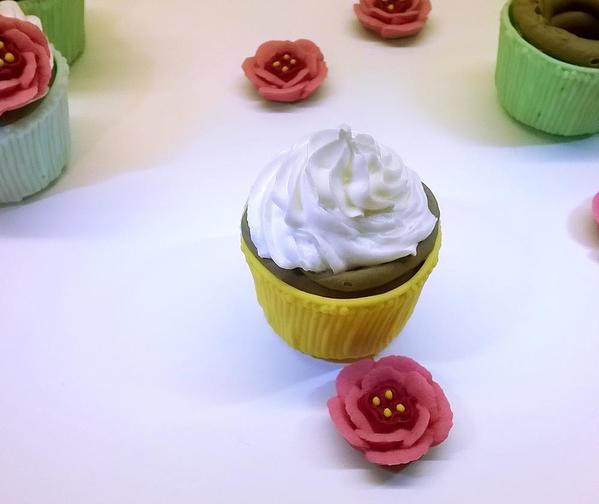
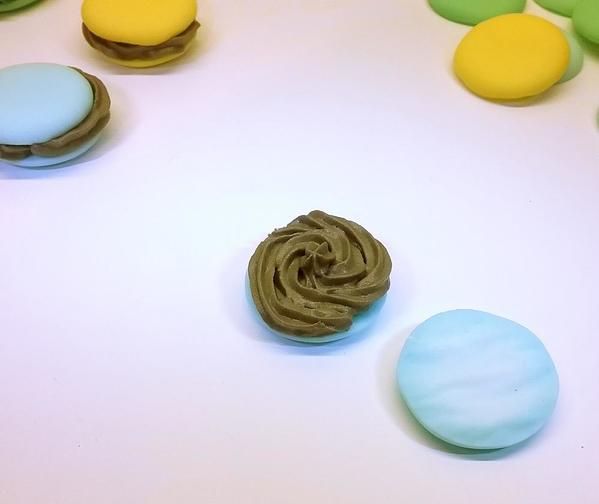


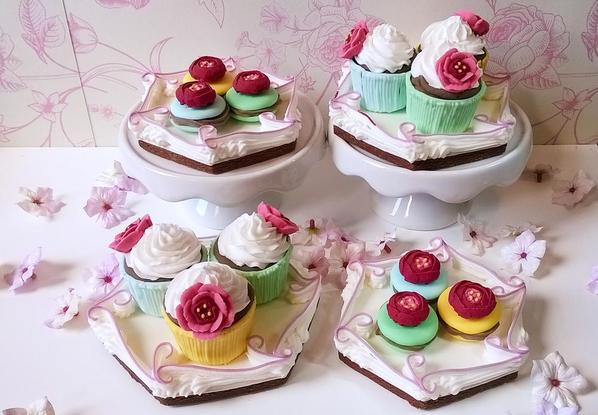
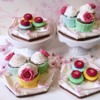

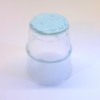
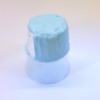

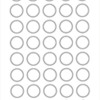
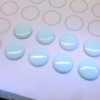

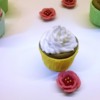
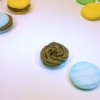
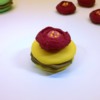


Comments (20)